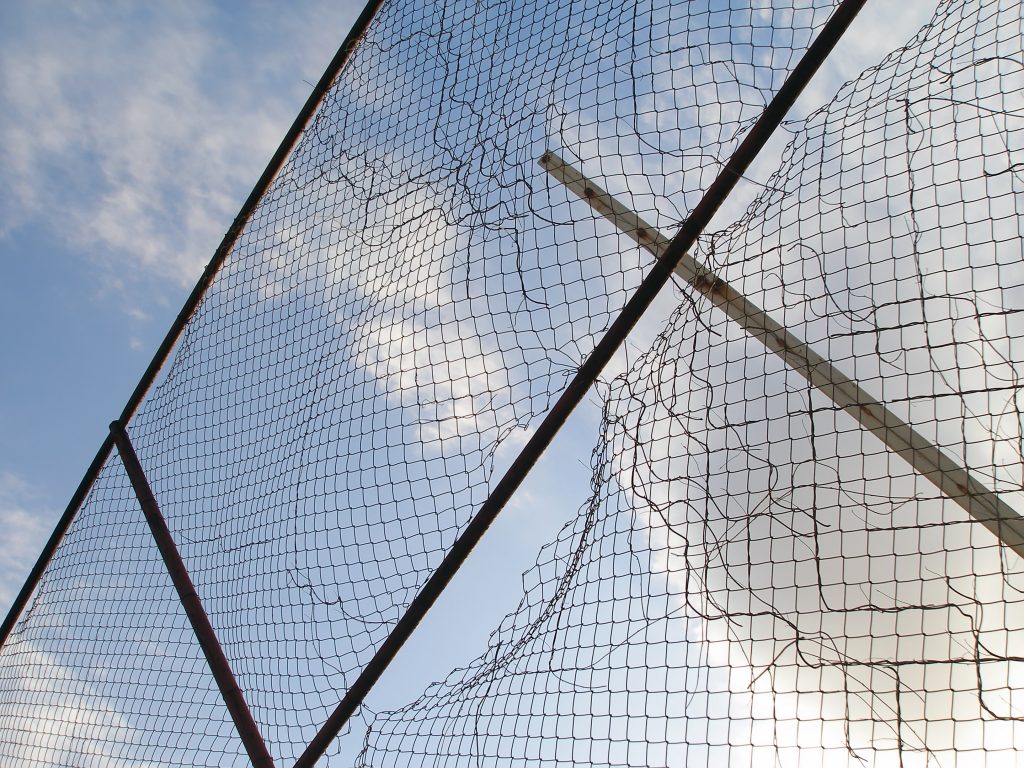 When our loved one is under the care of others, we expect him or her to be free from pain and neglect. Unfortunately, the authorities in charge of our loved one can make mistakes, and sometimes, the mistakes can be fatal. In such cases, we would likely blame the authorities in charge and desire some sort of punishment upon them. However, just because the fault may lie with the authorities does not mean that punishment is inevitable. The case of Jamie Zaunbrecher is an example.
When our loved one is under the care of others, we expect him or her to be free from pain and neglect. Unfortunately, the authorities in charge of our loved one can make mistakes, and sometimes, the mistakes can be fatal. In such cases, we would likely blame the authorities in charge and desire some sort of punishment upon them. However, just because the fault may lie with the authorities does not mean that punishment is inevitable. The case of Jamie Zaunbrecher is an example.
Zaunbrecher was an inmate at the Ascension Parish Jail. Two nurses, Robyn Richard and Michelle Gaudin, were in charge of his medical care. When Zaunbrecher arrived at the jail, he told the medical staff that he had pre-existing medical conditions, but did not tell them of his diverticulitis, which ultimately contributed to his death. On February 18th, six days before his death, Zaunbrecher submitted a “Medical Request Form” (“Form”) in which he sought “emergency” care. More specifically, he wrote that he had severe pain in the right side of his back and that his pain medication was not being replenished. The day after Zaunbrecher’s submission, Nurse Richard gave Zaunbrecher Ibuprofen. On February 20th, Zaunbrecher submitted another Form complaining of back pain and constipation. Nurse Richard provided Tylenol and a laxative. Zaunbrecher also asked for a blood test, but this request could not be granted as only the nurse practitioner, who was not available, could grant it. From February 21st, Nurse Gaudin took care of Zaunbrecher and provided laxatives in order to aid his constipation. Though Nurse Gaudin thought Zaunbrecher was getting better, on February 24th, Zaunbrecher grew extremely ill. He was brought to a hospital, but by the time he arrived, he had passed away. Zaunbrecher’s representative sued Richard and Gaudin for not providing proper medical treatment and violating Zaunbrecher’s Eighth Amendment Right.
Nurses Richard and Gaudin responded to the lawsuit by invoking qualified immunity. Qualified immunity is a legal doctrine that protects government workers from being sued for acts done under the scope of their employment. The Trial Court refused to grant qualified immunity, but the Appeals Court stated that qualified immunity was appropriate. When a defendant invokes qualified immunity, the plaintiff has to first show that the defendant violated a constitutional right. Atteberry v. Nocona Gen. Hosp., 430 F.3d 245, 253 (5th Cir. 2005). Here, the plaintiff’s argument was that Richard and Gaudin violated Zaunbrecher’s Eight Amendment Right by acting indifferently to his medical needs. To show this indifference, the plaintiff had to prove that Richard and Gaudin knew that Zaunbrecher “face[d] a substantial risk of serious bodily harm.” Farmer v. Brennan, 511 U.S. 825, 847 (1994). The plaintiff also had to prove that Richard and Gaudin knew this risk and failed to mitigate this risk.
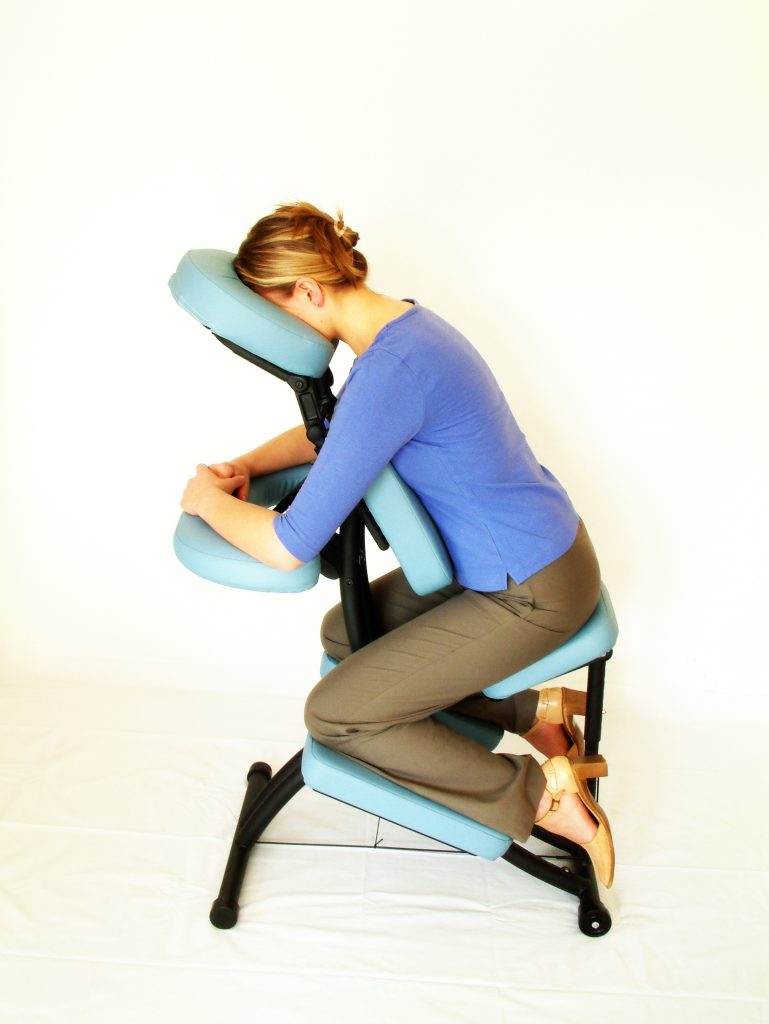 A therapeutic massage can offer many medical benefits. But if the massage therapist uses too much force, or applies force in an inappropriate way, severe injury to the patient can result. In such cases, an experienced personal injury attorney may be needed in order for the patient to recover damages for medical bills, lost time from work, as well as pain and suffering.
A therapeutic massage can offer many medical benefits. But if the massage therapist uses too much force, or applies force in an inappropriate way, severe injury to the patient can result. In such cases, an experienced personal injury attorney may be needed in order for the patient to recover damages for medical bills, lost time from work, as well as pain and suffering.  Louisiana Personal Injury Lawyer Blog
Louisiana Personal Injury Lawyer Blog


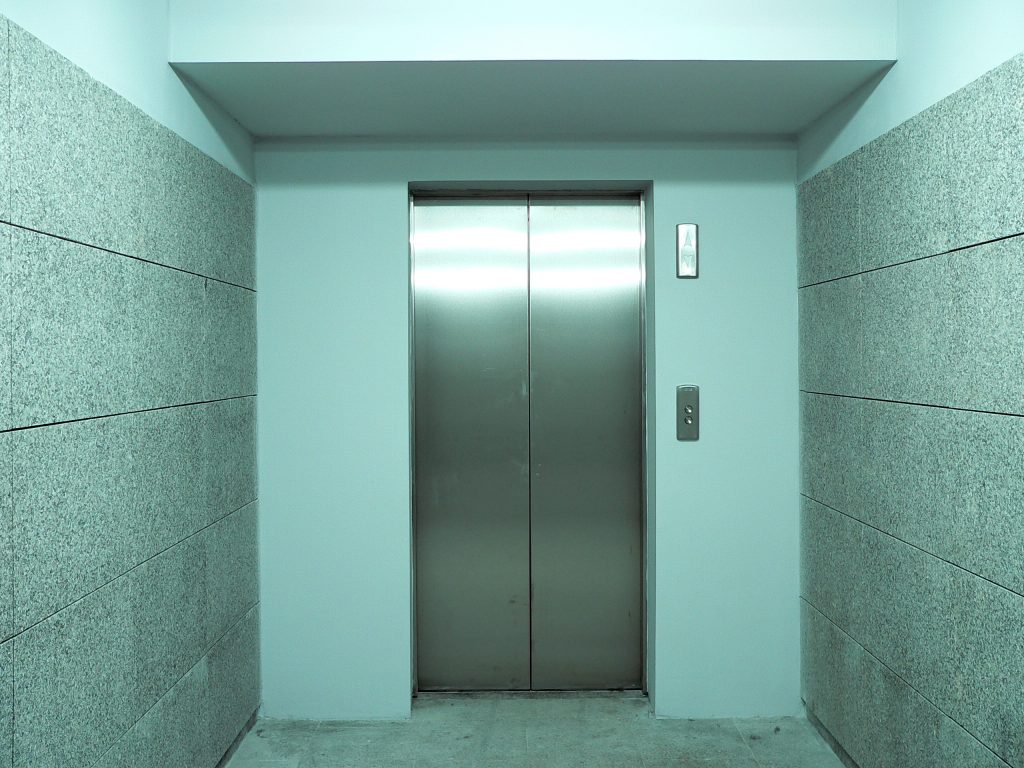 When accidents happen, especially at work, it is natural for us to want to be made whole again: put back together as much as possible so our lives can return to normal. Sometimes, recovery for these accidents only covers the harm we can see. A worker injured on the job may appear healed physically but have more internal healing that needs treatment. This issue was examined in a workers’ compensation case appealed to the Louisiana First Circuit Court of Appeal in 2016.
When accidents happen, especially at work, it is natural for us to want to be made whole again: put back together as much as possible so our lives can return to normal. Sometimes, recovery for these accidents only covers the harm we can see. A worker injured on the job may appear healed physically but have more internal healing that needs treatment. This issue was examined in a workers’ compensation case appealed to the Louisiana First Circuit Court of Appeal in 2016. When our loved one is under the care of others, we expect him or her to be free from pain and neglect. Unfortunately, the authorities in charge of our loved one can make mistakes, and sometimes, the mistakes can be fatal. In such cases, we would likely blame the authorities in charge and desire some sort of punishment upon them. However, just because the fault may lie with the authorities does not mean that punishment is inevitable. The case of Jamie Zaunbrecher is an example.
When our loved one is under the care of others, we expect him or her to be free from pain and neglect. Unfortunately, the authorities in charge of our loved one can make mistakes, and sometimes, the mistakes can be fatal. In such cases, we would likely blame the authorities in charge and desire some sort of punishment upon them. However, just because the fault may lie with the authorities does not mean that punishment is inevitable. The case of Jamie Zaunbrecher is an example. After deciding to follow through with filing a lawsuit, one of the first questions asked is where to file. Venue is the county or parish that is applicable for your case to proceed. Filing in the proper venue is a determinative factor in moving forward with your case. There may be more than one appropriate venue for your case, but failure to choose correctly can cause ripple effects to the rest of your lawsuit.
After deciding to follow through with filing a lawsuit, one of the first questions asked is where to file. Venue is the county or parish that is applicable for your case to proceed. Filing in the proper venue is a determinative factor in moving forward with your case. There may be more than one appropriate venue for your case, but failure to choose correctly can cause ripple effects to the rest of your lawsuit. 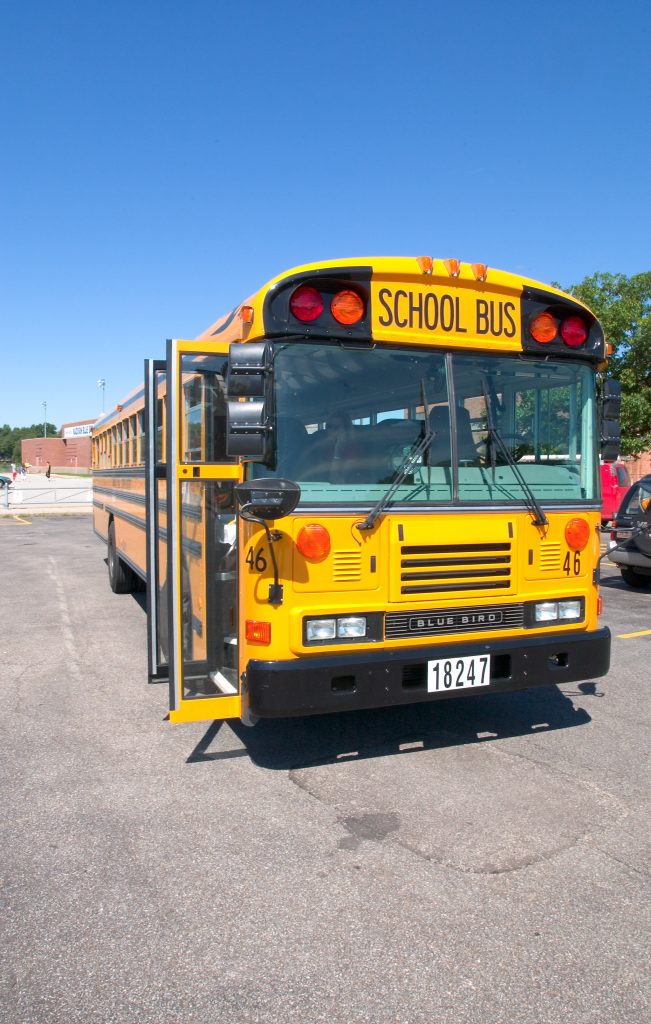 Losing a child is always an extremely difficult experience for a parent to go through, and it is even more difficult when the death is a result of negligence. Normally when negligence occurs, the parents bring forth a wrongful death lawsuit against the negligent party.
Losing a child is always an extremely difficult experience for a parent to go through, and it is even more difficult when the death is a result of negligence. Normally when negligence occurs, the parents bring forth a wrongful death lawsuit against the negligent party.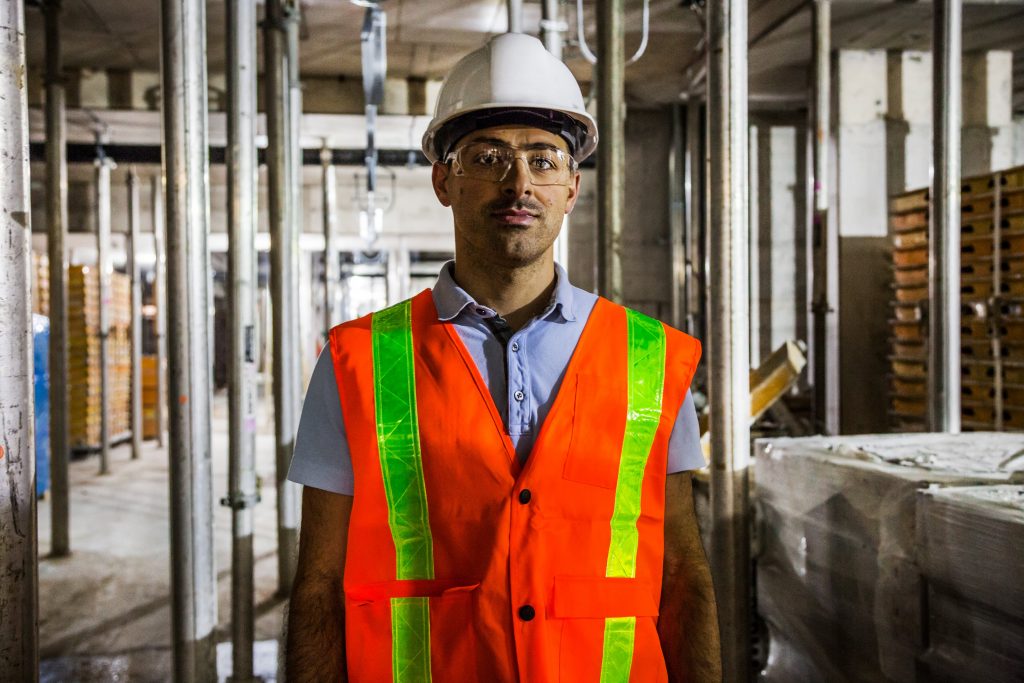 Almost every adult American has thought about what would happen if they were injured at work. They ask would they receive enough to sustain their pre-injury lifestyle and if not, what remedies are available. Typically, employees are eligible for workers’ compensation, but the workers’ compensation system seems odd to some people. For example, if you lose a finger at work, you will get a set amount, but depending on what finger you may get more than someone else who also lost a finger. The question, in this case, is whether Terry Russell, who was injured on the job, is eligible for supplemental earning benefits (“SEBs”). A SEBs award is based on the difference between the claimant’s pre-injury average monthly wage, and the claimant’s proven post-injury monthly earning capacity.
Almost every adult American has thought about what would happen if they were injured at work. They ask would they receive enough to sustain their pre-injury lifestyle and if not, what remedies are available. Typically, employees are eligible for workers’ compensation, but the workers’ compensation system seems odd to some people. For example, if you lose a finger at work, you will get a set amount, but depending on what finger you may get more than someone else who also lost a finger. The question, in this case, is whether Terry Russell, who was injured on the job, is eligible for supplemental earning benefits (“SEBs”). A SEBs award is based on the difference between the claimant’s pre-injury average monthly wage, and the claimant’s proven post-injury monthly earning capacity. 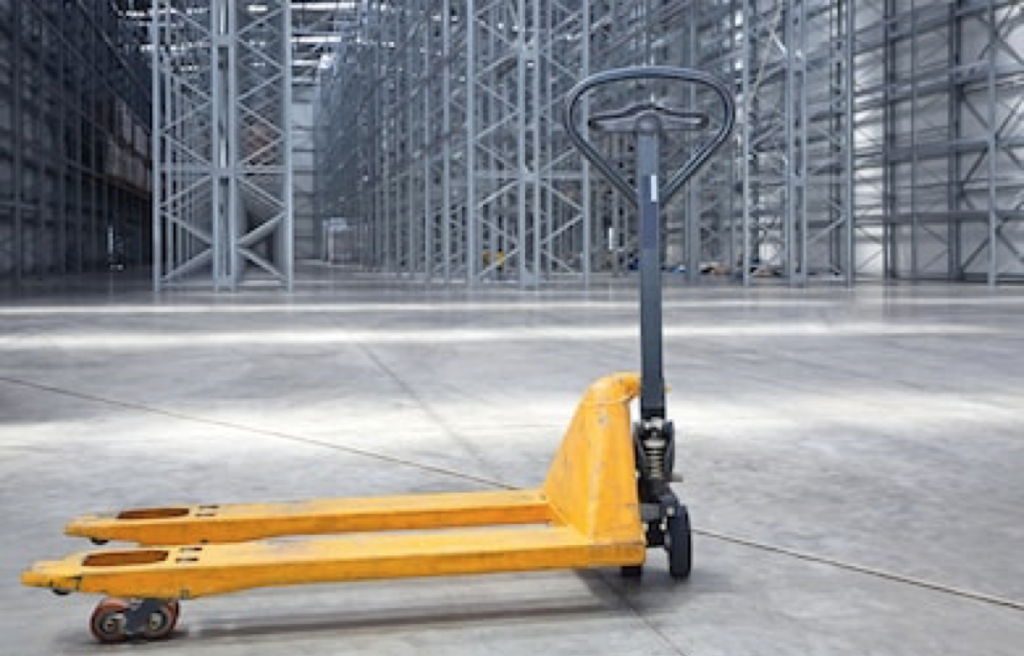 Everyone has that one coworker that just gets under their skin. Some days even the sound of their voice feels like it will push you over the edge. However, when things turn physical in the workplace, not only is an employee at fault, but the company may be as well.
Everyone has that one coworker that just gets under their skin. Some days even the sound of their voice feels like it will push you over the edge. However, when things turn physical in the workplace, not only is an employee at fault, but the company may be as well. In the law, words matter greatly. How even one word is defined can make or break a lawsuit. However, courts do not allow words to be defined willy-nilly. There are certain methods courts will use to define words. In the case below, we will see how the plaintiff’s case was rendered moot due to the court’s interpretation of a word.
In the law, words matter greatly. How even one word is defined can make or break a lawsuit. However, courts do not allow words to be defined willy-nilly. There are certain methods courts will use to define words. In the case below, we will see how the plaintiff’s case was rendered moot due to the court’s interpretation of a word.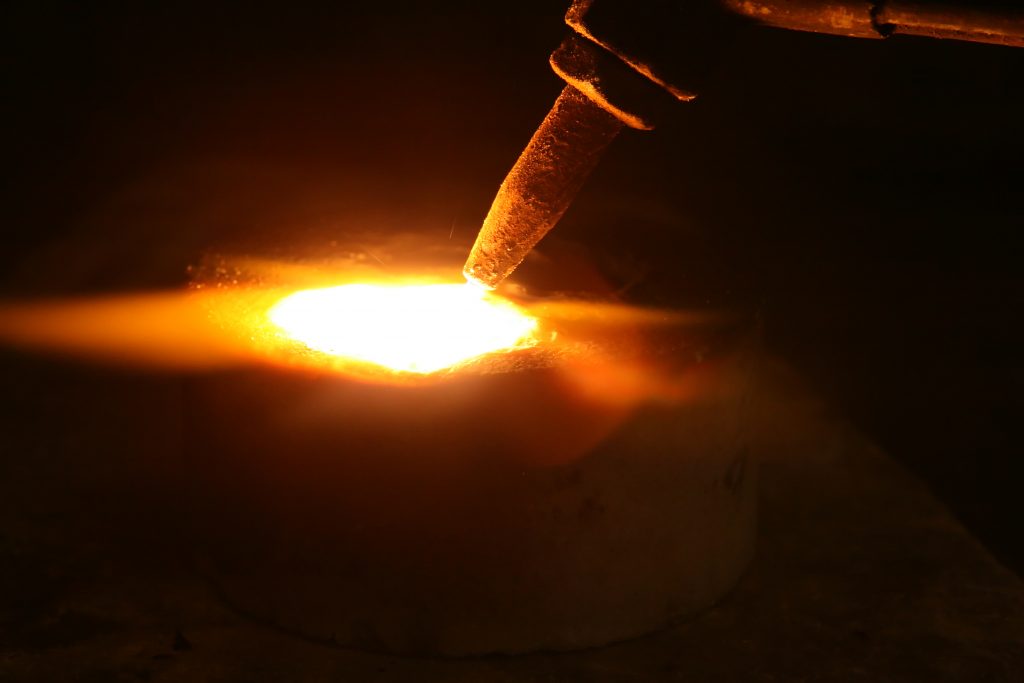 Disputes over injuries that occur on the job can be difficult to resolve for both employer and employee. Louisiana’s Third Circuit Court of Appeal addressed a common source of dispute — whether an employee’s medical condition was actually caused by his employment — in a case involving a welder who developed compartment syndrome.
Disputes over injuries that occur on the job can be difficult to resolve for both employer and employee. Louisiana’s Third Circuit Court of Appeal addressed a common source of dispute — whether an employee’s medical condition was actually caused by his employment — in a case involving a welder who developed compartment syndrome.  What happens when a plaintiff is injured, and damages are denied? How can a plaintiff prove they suffered injuries from an accident? According to Louisiana law, a plaintiff must prove, by a preponderance of the evidence, that his or her damages were the result of an injury caused by the defendant.
What happens when a plaintiff is injured, and damages are denied? How can a plaintiff prove they suffered injuries from an accident? According to Louisiana law, a plaintiff must prove, by a preponderance of the evidence, that his or her damages were the result of an injury caused by the defendant.